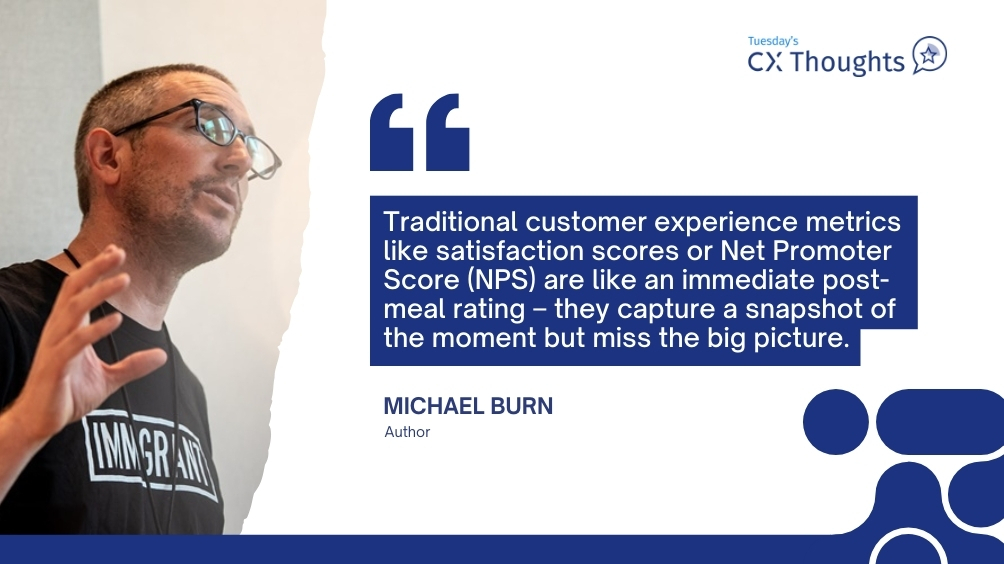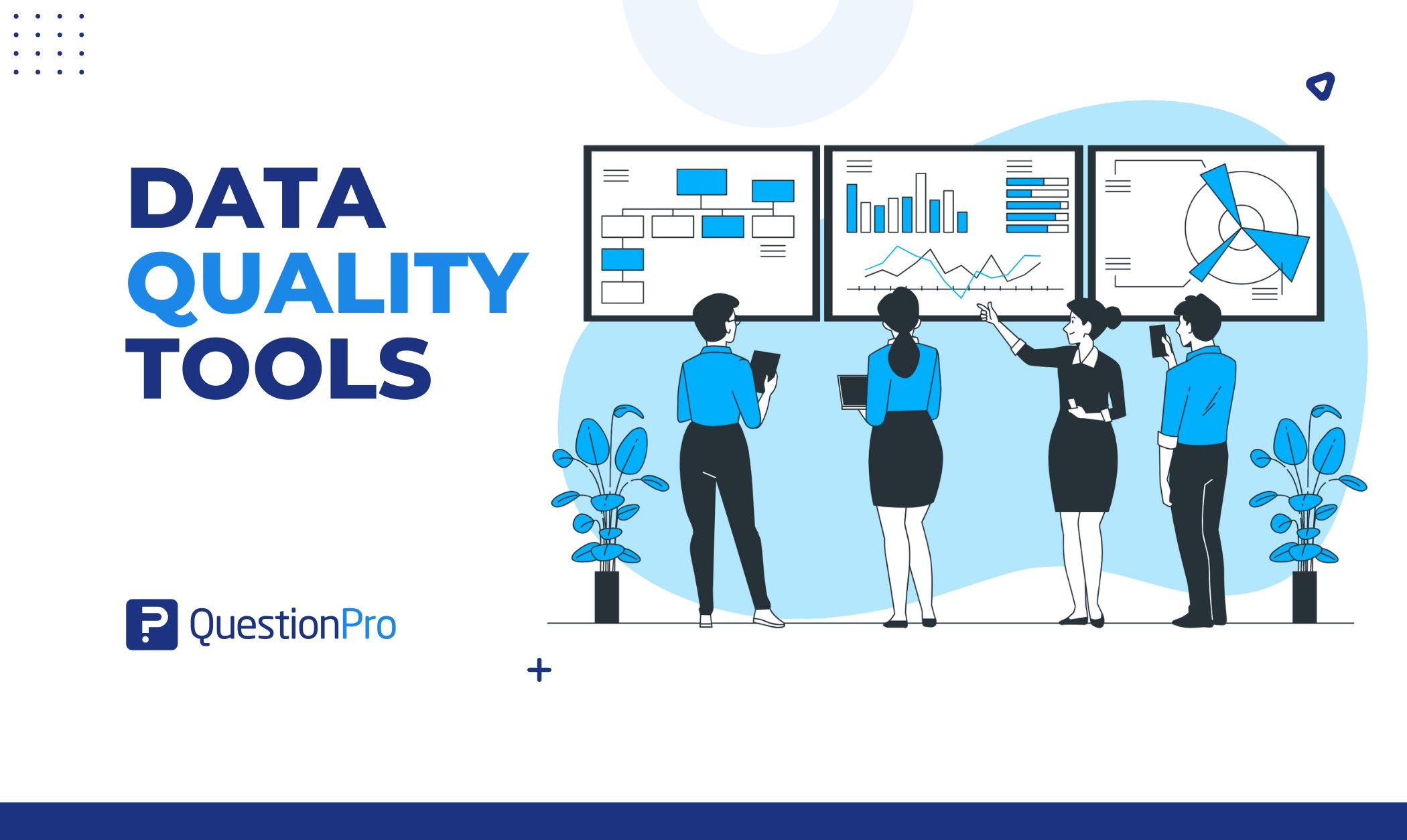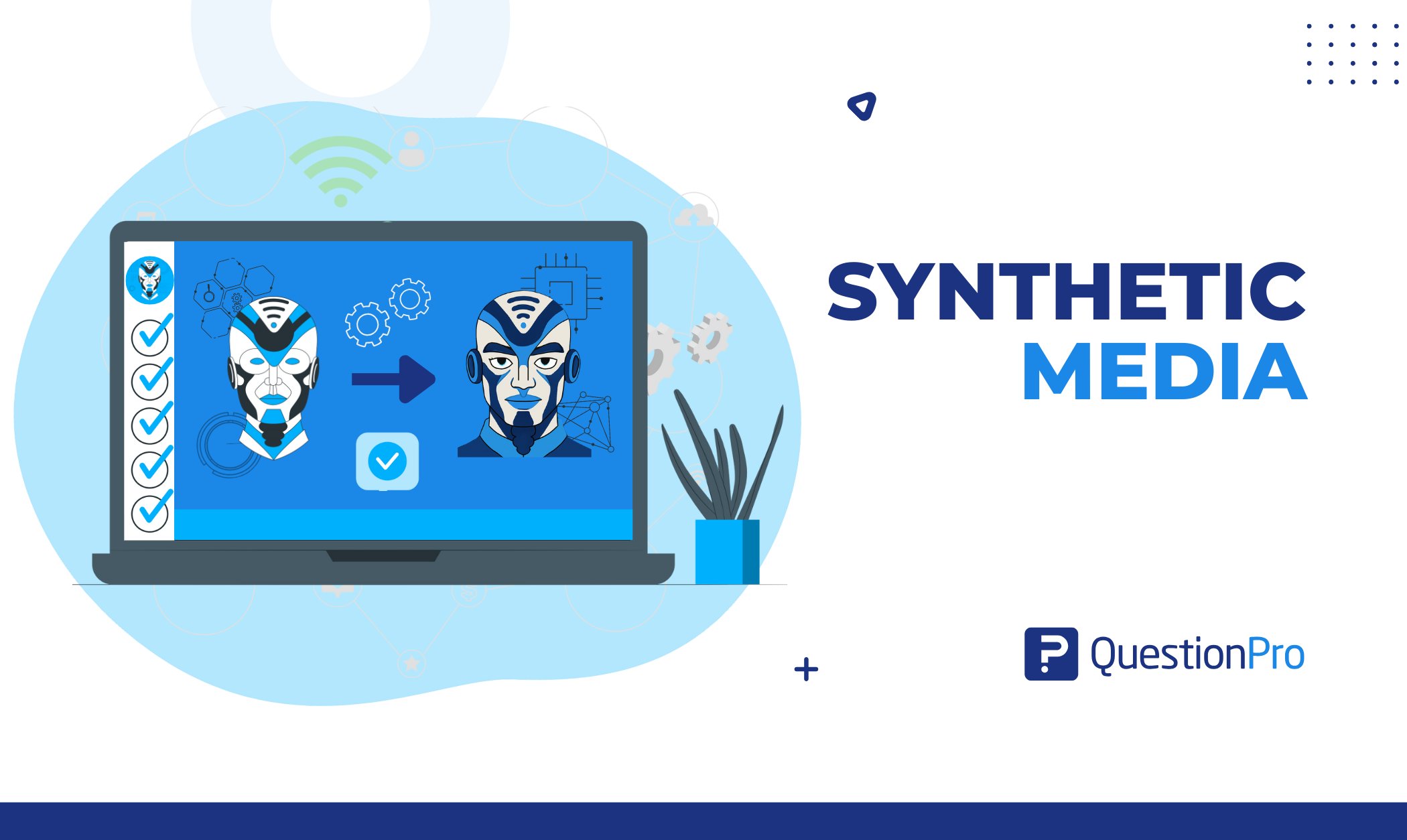
There you are, walking out of what you think might be your new favorite restaurant: the tastes are still rolling on your tongue, and the emotions are still fresh. A friend texts: “How was it?” You respond with enthusiasm: “Amazing! 10/10!“
Six months later, when someone asks for restaurant recommendations, what do you think of this meal? Do you feel compelled to share it? Do you want to eat there again? The questions get at something more profound than your immediate post-noshing satisfaction. They probe whether the experience created a lasting impact – whether it shaped your future choices and actions.
Traditional customer experience metrics like satisfaction scores or Net Promoter Score (NPS) are like that immediate post-meal rating: they capture a snapshot of the moment but miss the big picture. However, they might fail to answer the critical question: How likely will this experience drive future actions?
What Is Re-Experience
It is not the immediate experience that most influences future decisions and behaviors, but rather how that experience is remembered and reconstructed in someone’s mind later. This is Re-experience. For example, a hotel stay might have had some frustrating moments, but if the overall memory is positive, that will drive the decision to book again.
The Re-Experience Score (RXS) is a new way to quantify an experience’s potential to drive desired future actions. While traditional metrics ask, “How satisfied were you?” The RXS asks, “How will this experience influence what you do next?“
The RXS answers this question by measuring four key components:
- Gestalt Coherence: The degree to which an experience feels unified, meaningful, and aligned with an overall narrative or brand identity. It’s how well the individual elements of an experience come together to form a comprehensible, cohesive whole.
- Affective Resonance: The emotional impact and depth of an experience, measuring how powerfully and memorably the experience connects with an individual’s feelings, values, and emotional state.
- Memory Salience: The vividness, distinctiveness, and ease with which an experience can be recalled. It measures how strongly the key moments of an experience are encoded and can be remembered over time.
- Behavioral Propensity: The likelihood that an experience will motivate an individual to take desired future actions based on how the experience aligns with their goals, motivations, and decision-making patterns.
Calculating RXS – Simplified Approach
The Simplified RXS is a quick, survey-based method that can be easily implemented regardless of your organization’s experience management capabilities or data availability. It involves asking a set of four questions corresponding to the components:
- Gestalt Coherence (G): “How well did this experience align with your expectations of our brand?”
- Affective Resonance (A): “How did this experience make you feel?”
- Memory Salience (M): “What stands out most vividly in your memory from this experience?” or “How clearly can you recall the specific details and moments of this experience?”
- Behavioral Propensity (B): “How likely are you to [perform a desired action] in the future?”
The RXS can be calculated using a weighted formula that combines the scores on each of the four components:
RXS = (G × w₁) + (A × w₂) + (M × w₃) + (B × w₄)
The weights (w₁ through w₄) reflect the relative importance of each component in predicting future goal-aligned actions.
The weighting of these components should align with your strategic objectives. A luxury brand might weigh Affective Resonance and Memory Salience more heavily, as they want to create powerful emotional moments that drive premium pricing. In contrast, a brand attempting to build long-term relationships might place greater weight on Gestalt Coherence and Behavioral Propensity, as they need to create a consistent narrative that drives repeat purchases over time.
Comprehensive RXS
For organizations with more advanced experience management capabilities, RXS offers a deeper, more integrated approach. This method draws upon a wide range of data sources beyond just post-interaction surveys, including:
– Historical customer data from CRM systems
– Social media sentiment analysis
– In-depth qualitative research (e.g., interviews, focus groups)
– Behavioral analytics from digital platforms
– Operational data (e.g., wait times, resolution rates)
Combining these data streams, RXS provides a more holistic, precise picture of an individual’s re-experience landscape, which allows for more sophisticated weighting of the RXS components based on empirical data and predictive modeling.
For instance, an organization might discover through analysis that Affective Resonance is the strongest predictor of future goal-aligned behaviors for its target audience. It could then adjust the weighting of this component in its Comprehensive RXS model to reflect this insight.
The Comprehensive RXS also enables more granular segmentation and personalization of experience design. By understanding the unique re-experience drivers of different constituent groups, organizations can tailor their strategies for maximum impact.
Evolving Your RXS Approach
Organizations don’t have to choose between the Simplified and Comprehensive RXS approaches – they can start with the former and evolve towards the latter over time as their experience management capabilities mature.
The Simplified RXS is a great way to quickly gather actionable insights and demonstrate the value of re-experience thinking. As organizations start to see the benefits of this approach, they can invest in more sophisticated data collection and analysis tools to enable the Comprehensive RXS.
Contact us if you want to learn more about Re-Experience design and want to get started on measuring your organization’s RXS.

Mike Burn
Author





![Too Busy For Customers – Tuesday CX Thoughts[TCXT] 2025-09-15](https://www.questionpro.com/blog/wp-content/uploads/2025/09/Too-Busy-For-Customers-–-Tuesday-CX-ThoughtsTCXT-2025-09-15.jpg)

